
 By Natali Moss
By Natali Moss
The positions of the Armed Forces of Ukraine at the front are becoming increasingly vulnerable, and Kyiv risks suffering a strategic defeat in the war against Russian aggression. This opinion was expressed by the famous German Bild military analyst Julian Röpke. "The situation can no longer be hidden either by the PR actions of the General Staff or by the government's attempts to downplay or ignore it," he emphasized.
Ryopke emphasized that Ukrainian journalists and activists are already aware of the seriousness of the challenges, but the army and Western partners do not draw conclusions from past mistakes. The analyst criticizes the ineffectiveness of the supply of armored vehicles, which were supplied by the West in the amount of more than 2 thousand units, due to Russian dominance in fiber optic systems and other drone technologies.
Instead, Röpke advises to focus on drones and missiles to counter the aggressor. Of particular concern are the problems of resource mobilization and management. "Where are the 17,000 mobilized every month stationed? Whole brigades exist only on paper, and desertion creates voids at the front, which facilitates breakthroughs by the Russians," the expert writes, pointing to a false assessment of combat capability.
In his opinion, the Ukrainian authorities do not take the war of destruction seriously enough, which threatens national security. In November 2025, according to Röpke's forecast, Ukraine will set an annual record of territorial losses — losing an area equivalent to the federal state of Berlin every month. "If Kyiv and its partners do not change their strategy immediately, Russia will gradually win this war," warns the analyst, calling for decisive reforms.
Meanwhile, the Armed Forces of Ukraine are pushing the Russian occupiers from their positions in the Kupyan direction of the Kharkiv region. Even those bridgeheads that the enemy previously captured are gradually coming under the control of Ukrainian forces. "Logistics of the Russians in the Kupyansk region is simply absent in an effective form," said the head of the communications department of the Joint Forces Group Viktor Tregubov on the air of the telethon.
According to him, the provision of the Armed Forces is also difficult, but more stable than the Russian one. Putin's promises of "surrounding" and "showing journalists" turned out to be empty: instead of the fall of Kupyansk, the occupiers are slowly retreating, especially from the northern regions. "You can't call it a victory yet, it's an internal work process, but we can already say for sure that the Russian announcements about the fall of Kupyansk were premature," Tregubov concluded.
In a column for The Sunday Times dated November 15, British political scientist Mark Galeotti claims that Pokrovsk in the Donetsk region is actually captured by the Russian Armed Forces: the city is surrounded on three sides, and Russian forces are penetrating the center. The fighting has been going on for 18 months, but it is not a decisive defeat for Kyiv. "While this is a defeat for Kyiv, it should not be seen as a turning point.
This battle is important for many reasons, reflecting the changing operational and political context of this phase of the conflict," Galeotti writes. On November 12, Oleksandr Syrskyi, the head of the Ukrainian Armed Forces, denied the encirclement, but the evidence points to a turning point: the front lines are blurred, Ukrainian forces are setting up defenses, and the chances of a counterattack are minimal, despite the success of "Azov" in the north.
Senior analyst of the Ukrainian Center for Security and Cooperation, Anton Zemliany, in his comments to Focus, outlined the key challenges and directions that will determine the stability of the Ukrainian front in the near future. "The first and foremost need is human capital. It is the lack of personnel that is the main reason for the enemy's advance in the hottest areas," the expert emphasizes.
According to Zemlany, in many areas the defense line has turned into a network of isolated strongholds, where positions are held by two to ten fighters, and between them there are hundreds of meters or even kilometers of unprotected territory. This configuration makes the front vulnerable to bypasses and tactical breakthroughs. According to the analyst, the military leadership is aware of the problem, therefore, in parallel with mobilization, it is actively developing voluntary recruitment.
The programs "Contracts 18-24", "Drone Line" and the new system of contracts allow citizens to choose a specific unit and specialty. A key innovation: after two or more years under the contract, a serviceman receives a guaranteed one-year postponement of the draft or rotation. This allows new recruits to plan their lives, and active fighters to re-sign contracts, partially solving the issue of SZH.
"This is not demobilization, which is dreamed of on the front lines, but in conditions of exhaustion, it is the only real tool for at least partial rotation," Zemlyanyi notes. The second priority, according to the senior analyst, is the massive build-up of unmanned and robotic systems of all levels. Drones have already become the main means of defeat along the entire front line; the Russians themselves admit that they are "resting against a wall of drones.
" With a shortage of infantry, UAVs compensate for the lack of people and artillery. Especially critical are ground robotic complexes for logistics and evacuation of the wounded (where equipment dies in minutes) and medium and long-range attack drones of the FP-2 type and beyond, which destroy enemy rear depots, bridges and command posts. The third element, according to the expert, is engineering fortifications.
Videos from under Pokrovsk have repeatedly demonstrated how well-planned lines with "dragon's teeth" and egoza stop assault columns, turning them into easy targets for drones. However, the expert warns: without a sufficient number of defenders and means of destruction, no concrete structures will stop the enemy. "Everything boils down to the main thing: our strongest weapon is the Ukrainian warrior. No equipment and no fortresses can replace a motivated person who knows what he is fighting for.
It is to save the lives of fighters, their training, rotation and motivation that the state should direct its main efforts this winter," concludes Anton Zemlanyy. It will be recalled that the Russian troops intensified their assaults, trying to bypass the Ukrainian fortifications of the Zaporizhia region through the Dnipropetrovsk region. Focus also wrote that Russian troops broke through the border in the Kharkiv region near the village of Bologhivka, creating a 5-km bridgehead.


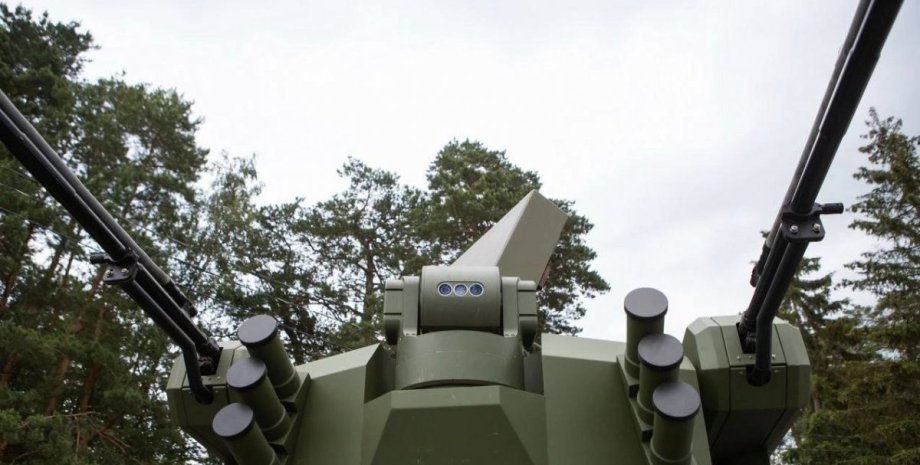
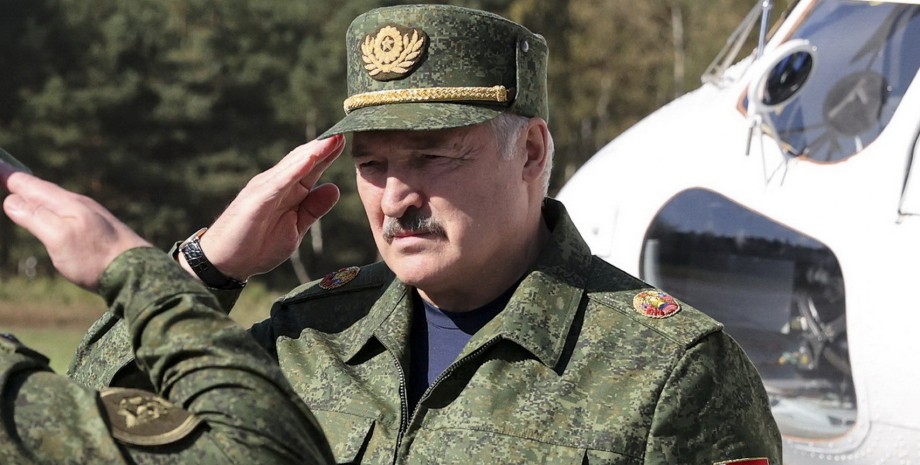


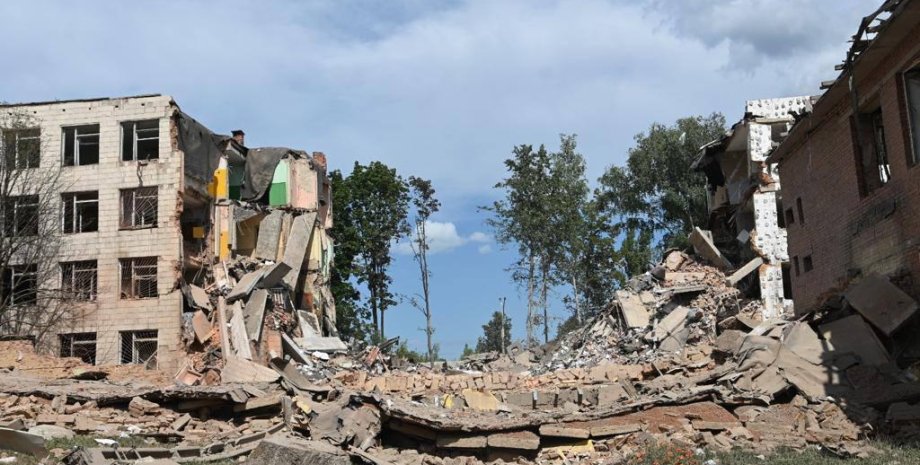
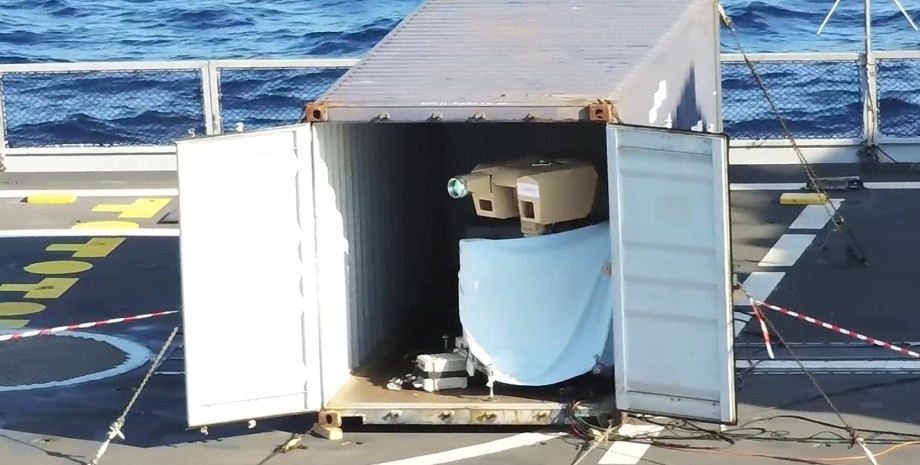
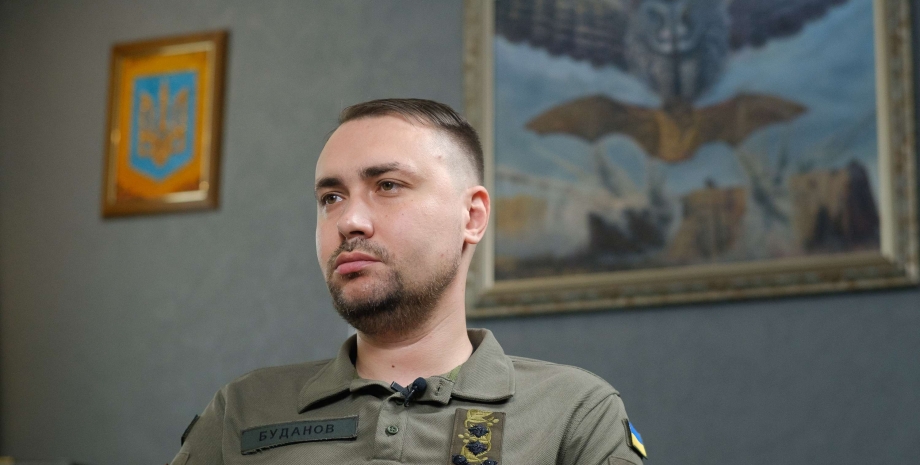
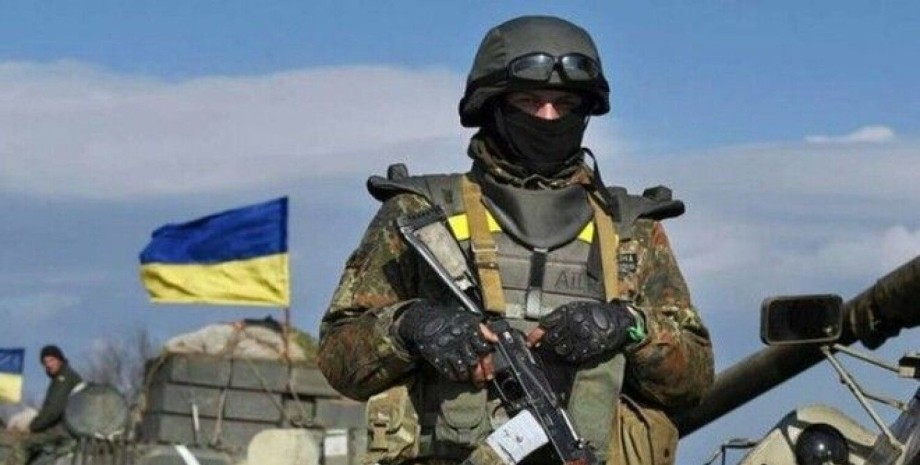
All rights reserved IN-Ukraine.info - 2022